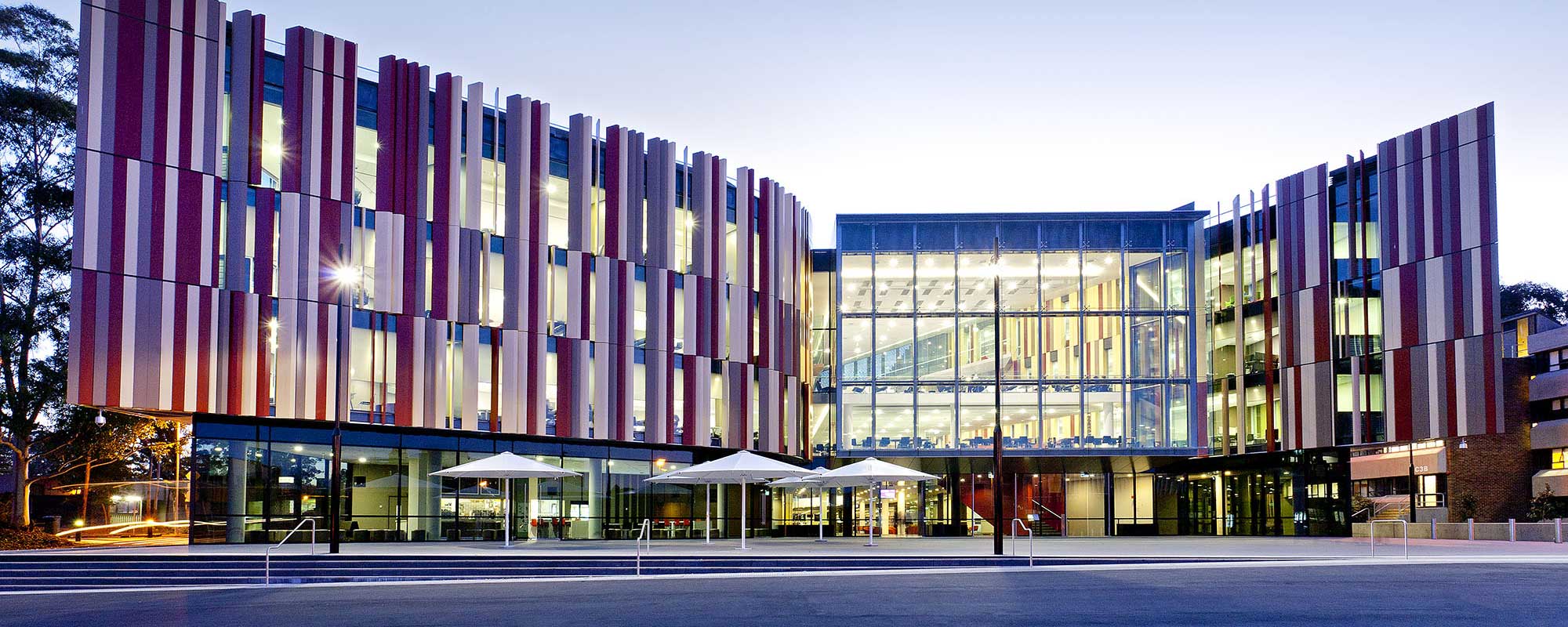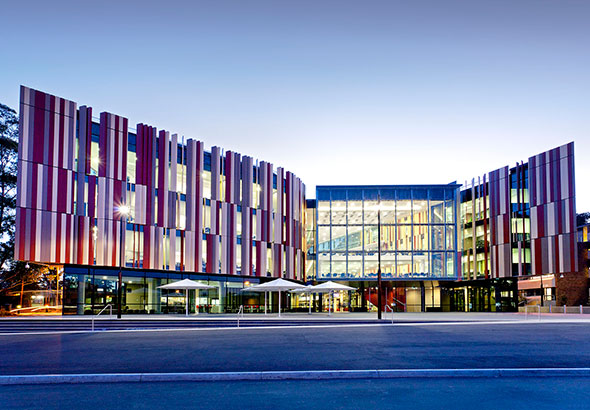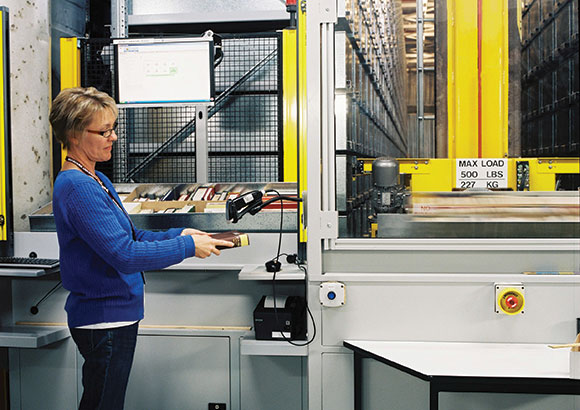
Within the next few years Macquarie University aims to be in the top eight research-intensive universities in Australia and in the top 200 in the world. The new Library, will symbolise the university's aspirations and reputation. It will provide a 21st Century learning and research environment that facilitates vital interactions between people and knowledge.
Located at the main entry to the university, the new Library will enrich campus life by providing a central Library combined with learning, research and social spaces. The facilities will be unmatched by any academic library in Australia and complement today's collaborative approach to learning and research. The native park lands of the campus have inspired an innovative design, aimed to set impressive sustainability standards including the goal to achieve a Australia's Green Star Five-Star rating.


One of the key innovation points for the project is the incorporation of the Automated Library System (ALS), the first time such a system has been installed in a library in Australia. Calculations show that the incorporation of the ALS has saved more than 11,000 sq. meters of built space (a 38% reduction) and the associated ongoing energy costs. The University's Ex Libris Voyager Library System interfaces with the Dematic's Document Management Software (DMS). When a specific volume is requested, Voyager sends a request to the DMS. The DMS searches its inventory for the requested materials and instructs one of the ALS machines to retrieve the appropriate book bin. This bin is transported to a workstation at the front of the aisle where a library employee is directed by the end-of- aisle display to select the requested book or material. The requesters are able to pick up their desired materials at the circulation desk.
The ALS storage rack is a free standing, four aisle system. Each of the four aisles is a different length ranging from 49 to 61 bays long and 39 tiers high. There are a total of 17,394 book bins, 24 inches wide by 48 inches deep in four different heights (6, 10, 12, & 15). This book bin configuration provides 8 to 12 lineal feet of shelf space per bin, depending on volume size placed in the bins. Individual dividers have added to most of the bins to create multiple compartments within each bin.